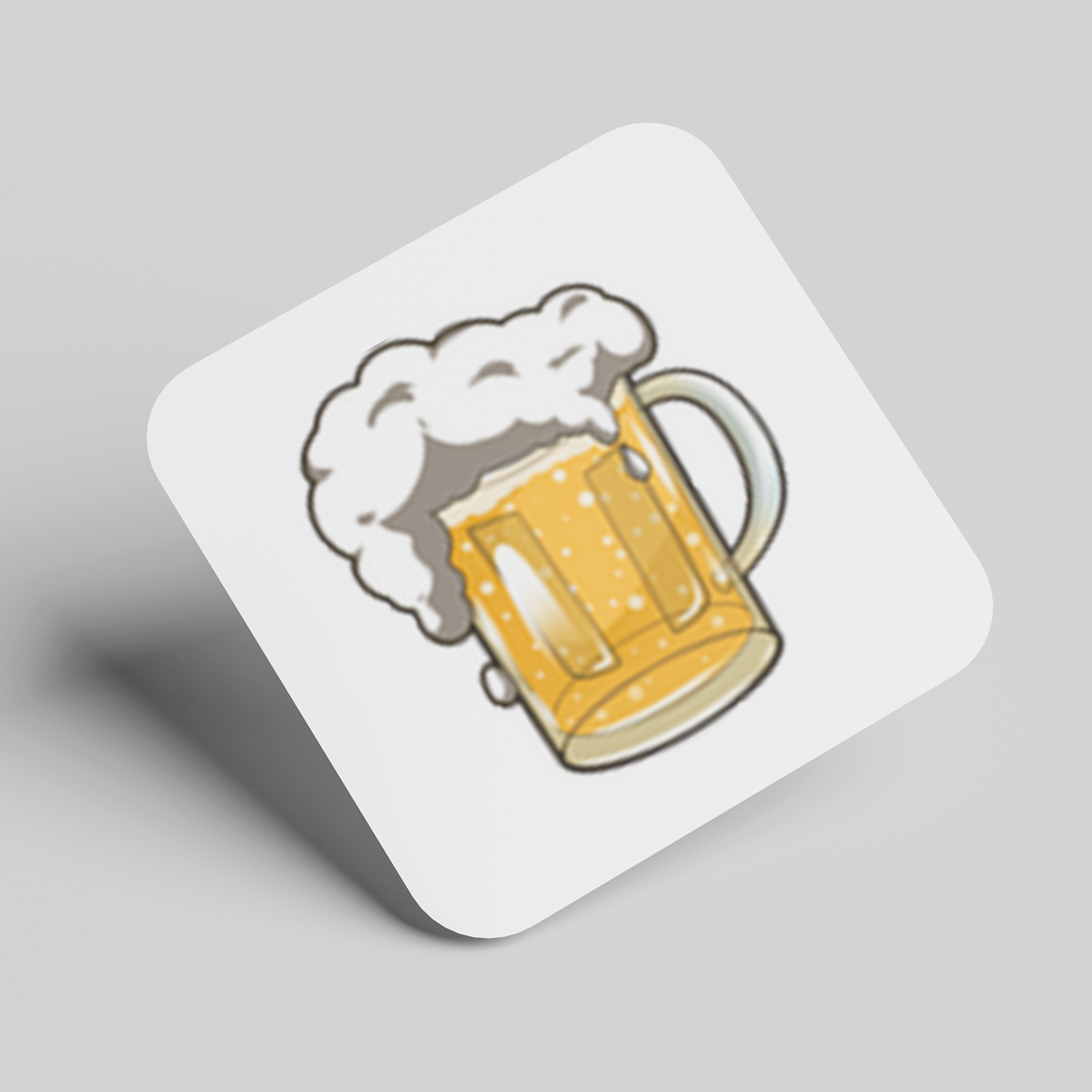How to Improve Audio with a 3-Band Equalizer in OBS
When it comes to live streaming, audio quality is just as crucial as video. One effective way to improve your audio is by using a 3-band equalizer (EQ) in OBS Studio. This guide will show you how to set up and optimize a 3-band EQ, giving your voice clarity and professional polish.
What is a 3-Band Equalizer and Why Use It?
A 3-band equalizer allows you to adjust three different frequency ranges—low, mid, and high. Each band can be boosted or reduced to shape the overall sound. By fine-tuning these ranges, streamers can ensure that their voice sounds clear and balanced, avoiding common issues like excessive bass or sharpness.
The Three Frequency Bands
- Low frequencies: Typically below 250 Hz, these are responsible for bass tones. Boosting the lows can add depth to your voice, while cutting them can eliminate background noise or rumble.
- Mid frequencies: Between 250 Hz and 4 kHz, these are crucial for vocal clarity. Boosting mids can make your voice more intelligible.
- High frequencies: Above 4 kHz, these add brightness to your sound. Careful adjustment can help reduce hissing or sharpness in speech.
How to Set Up a 3-Band Equalizer in OBS
OBS does not have a built-in equalizer, but you can use a plugin like ReaEQ from ReaPlugs to add this functionality.
- Download and Install ReaEQ: Get the ReaPlugs VST bundle from the Reaper website and install it.
- Add ReaEQ in OBS: In OBS, click the gear icon next to your microphone in the Audio Mixer. Select Filters, then add a VST 2.x Plug-in filter and choose ReaEQ from the dropdown menu.
- Adjust the Frequency Bands: In ReaEQ, you can modify the low, mid, and high bands to your preference. For example, you might boost the mids slightly to improve vocal clarity and reduce the lows to eliminate background hum.
Optimizing EQ Settings for Different Voice Types
Every voice is unique, so experiment with the EQ settings to find what works best for you:
- For deeper voices: Reduce the low frequencies slightly to avoid a muddy sound, while keeping the mids and highs balanced.
- For higher-pitched voices: Boost the mid-range slightly to enhance clarity, and be cautious when boosting highs to avoid a harsh tone.
Using Compression and Limiting for Even Better Audio
While the equalizer shapes your sound, other filters like compression and limiting can ensure that your audio levels remain consistent throughout your stream.
- Compression: Smooths out variations in volume, preventing sudden loud peaks. Set the compressor to a moderate ratio, such as 4:1.
- Limiter: Caps the maximum volume to prevent distortion. Set the limiter’s threshold to around -1dB.
Testing and Fine-Tuning Your EQ Settings
After setting up your EQ, it’s essential to test your audio by recording a sample or monitoring in real time. Play back your test on both headphones and speakers to ensure it sounds good in different environments. Fine-tune your settings based on your test results.
Conclusion: Achieving Professional Audio with OBS Studio
By implementing a 3-band equalizer and fine-tuning it to your voice, you can greatly improve the audio quality of your live streams. Don’t forget to complement your EQ settings with other filters like compression and limiting for the best results. With a bit of experimentation, you’ll have professional-grade sound that enhances your streaming experience.













